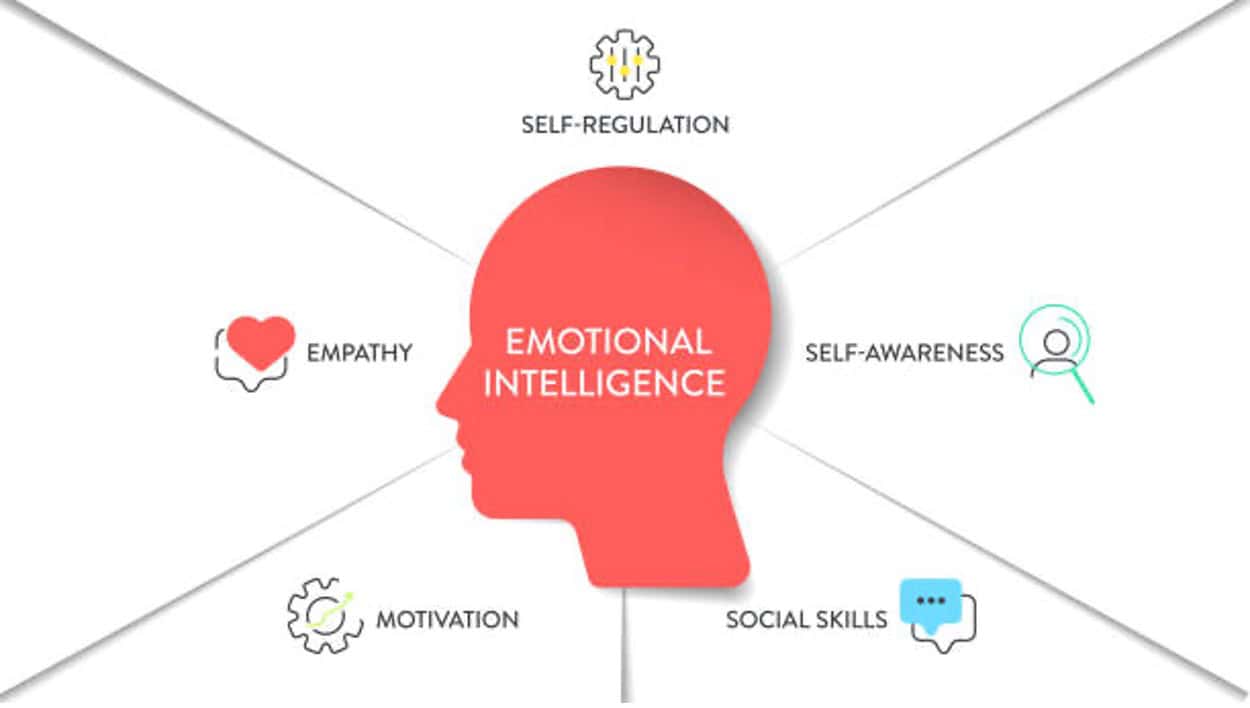

In the last column, I mentioned that although our feelings can be powerful, it is important not to be “hijacked” by them. We must find ways to have these feelings, but at the same time use our cognitive self-awareness to interpret these feelings and not use them as weapons to hurt others, and ultimately affect the ways others respond to us.
The reasons we have strong feelings about a given subject are too numerous and varied to explore in this column. Suffice it to say, that some of us feel things quickly before we have a chance to think about why we feel this way. An oversimplified explanation might be that the route that our feelings travel to the brain is shorter than the route our thoughts travel. The pathway to the amygdala (emotional center of the brain) is shorter than the pathway to the pre-frontal cortex (the thinking part of the brain). Ideally, one would experience feelings first, and then interpret them cognitively before deciding on how to react. However, sometimes the feelings are so powerful they disable the thinking part of the brain (hijack), and thus, there is a strong, unmitigated reaction that can have negative consequences.
In the EQi 2.0 Model of Emotional Intelligence, (Bar-On, R), there is a component called “Decision Making.” Within that component there is a sub-component entitled “Impulse Control,” or the “ability to resist or delay an impulse, drive or temptation to act and avoid rash behaviors and decision-making.” This sub-component is measurable and if you complete the Bar-On EQi, you receive a score in impulse control.
Given, all of the above, the question remains, how do we feel things but, not react in ways that are ineffective in getting others to hear us? The short answer is “reflection” in the moment. Future columns will focus on how we can reflect and manage our feelings so that others are receptive to our words.






